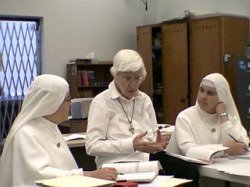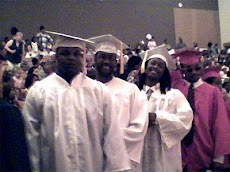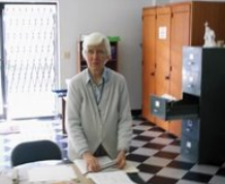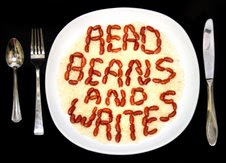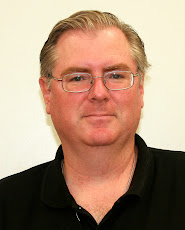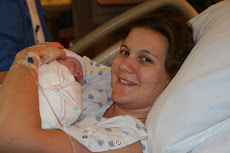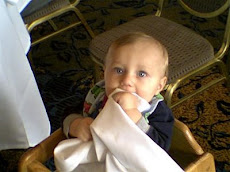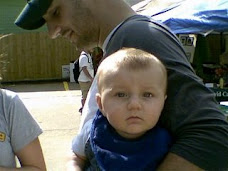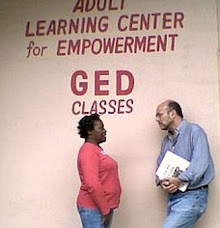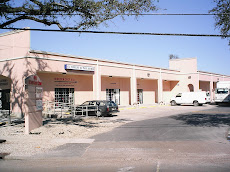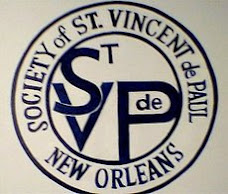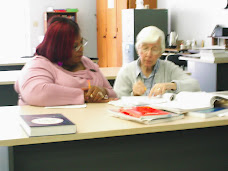









We had a special volunteer helping our Literacy AmeriCorps (LAC) group help the public library at Earth Fest last weekend who has been well-known with at least two of us with LAC for a long, long time. She is Mary Ann McGrath Swaim. She is the former Irish dance teacher for the Coordinator of Literacy AmeriCorps Sarah Fischer, and she is my sister. (Mary Ann also taught Irish ceili dancing to Shannan Cvitanovic of the YES /YMCA Educational Services -- which is in the main library downtown. There used to be regular ceilis or dances at O'Flaherty's Irish Pub in the Quarter years ago; I used to play Irish music for them often.) Mary Ann came to help us with her son Billy Swaim (in the blue shirt) and his wife Tara (red and white blouse) and their two daughters, Claire and Sarah (with the pink cast on her arm). They had a great time helping AmeriCorps at Earth Fest.
Mary Ann has helped Literacy AmeriCorps, unbeknownst to most people, behind the scenes over the past two years by helping me immensely, together with my other sister Marci and her husband Chris Smith, and thereby making this very blog possible. Our thanks go forth once again!
If the name Swaim sounds familiar, it is because you may have read about Mary Ann's husband, Frederick "Louisiana " Swaim, The "Socrates of Loyola University" on this very blog during our "Remember Katrina" series at http://www.svdpalc.blogspot.com/2008/09/remember-katrina-fred-swaim-socrates-of.html
Fred was a professor of Admiralty Law at the Loyola Law School for about 30 years before he passed away after the onslaught of Hurricane Katrina just a matter of weeks after Mary Ann's (and my) mother, Isabella McGrath, also died following Katrina. For our family, like for so many others in this city of New Orleans, Katrina can never be forgotten. But one way to honor the memories of the dead is to help make our city a better place for the living and for the younger generation. We can do this in large ways or small, and a very good way to help is by volunteering at Earth Fest and supporting Literacy AmeriCorps. Mary Ann has done both.
-- Adrian









































